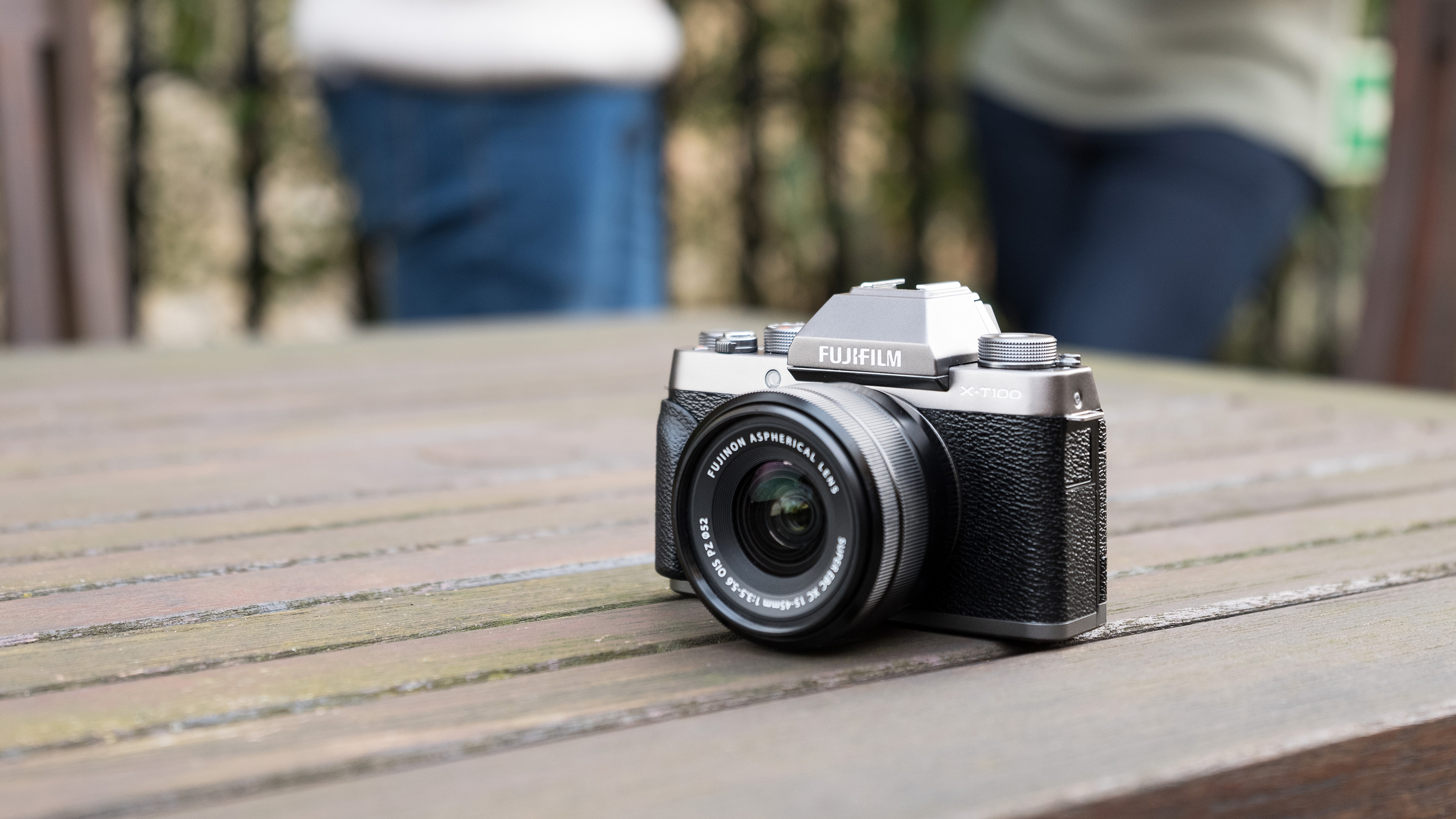
After the specs leaked earlier this week, Fujifilm has officially taken the wraps off its new entry-level mirrorless camera, the X-T100.
The X-T100 shares many of the same internal features as the X-A5. These include a 24.2MP APS-C CMOS sensor (with the more standard bayer array, as opposed to the X-Trans design featured in higher-end X Series cameras) with an expanded ISO range from 100-51,200, 4K video capture at 15p, 6fps burst shooting and a 3.0-inch touchscreen.
While the X-A5 sports a tilt-angle display, the X-T100 features a new three-way construction, which appears to offer a greater range of movement compared to the design of both the X-T2 and X-H1. This sees the screen able to be tilted away from the body for either waist-level or elevated shooting, while it can also be pulled outwards for those who fancy shooting selfies.
The other big change over the X-A5 is the arrival of a built-in electronic viewfinder (EVF), with the 0.39-inch display featuring a 2.36-million dot resolution and a magnification of 0.62x.
Retro-inspired design
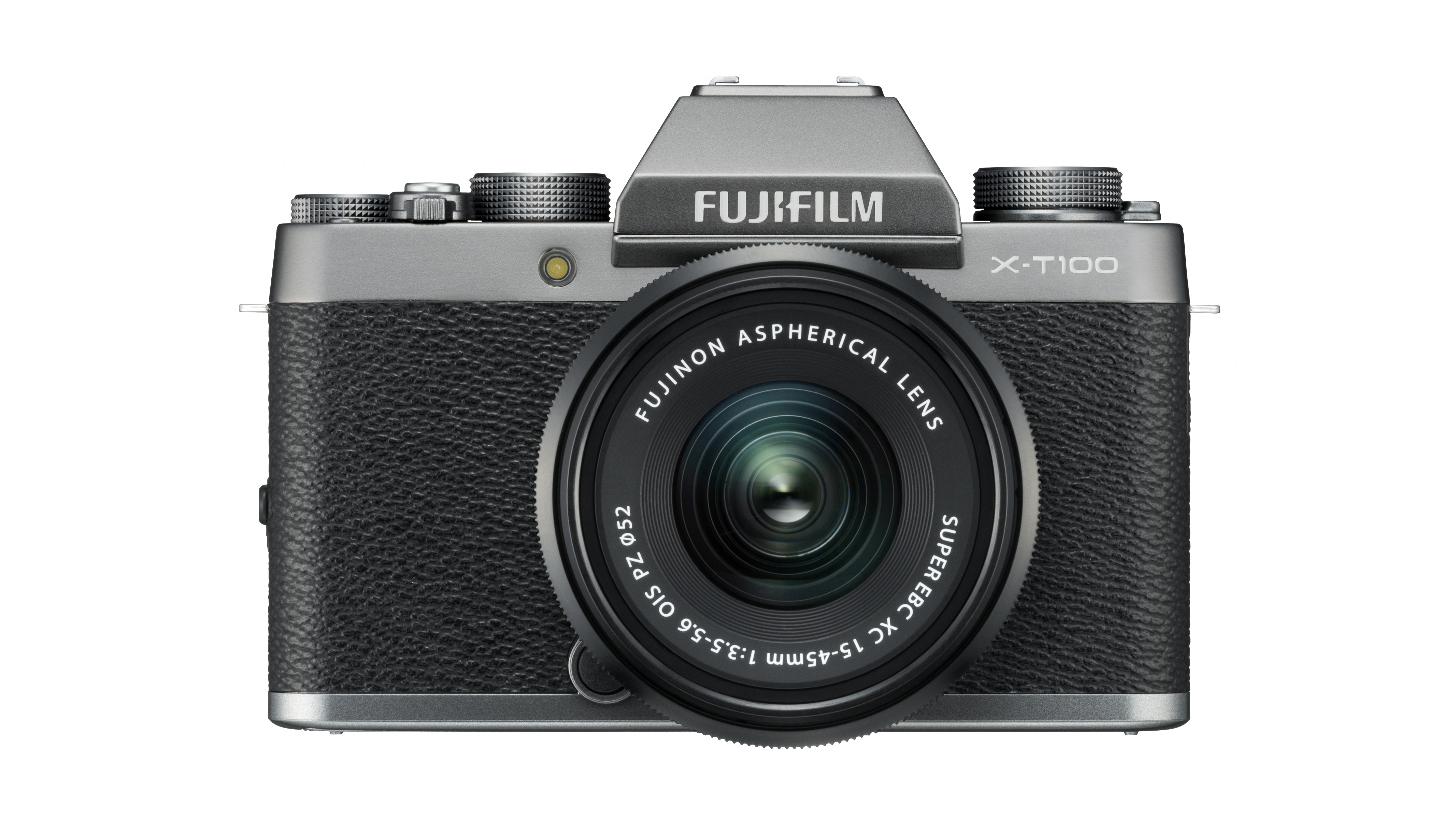
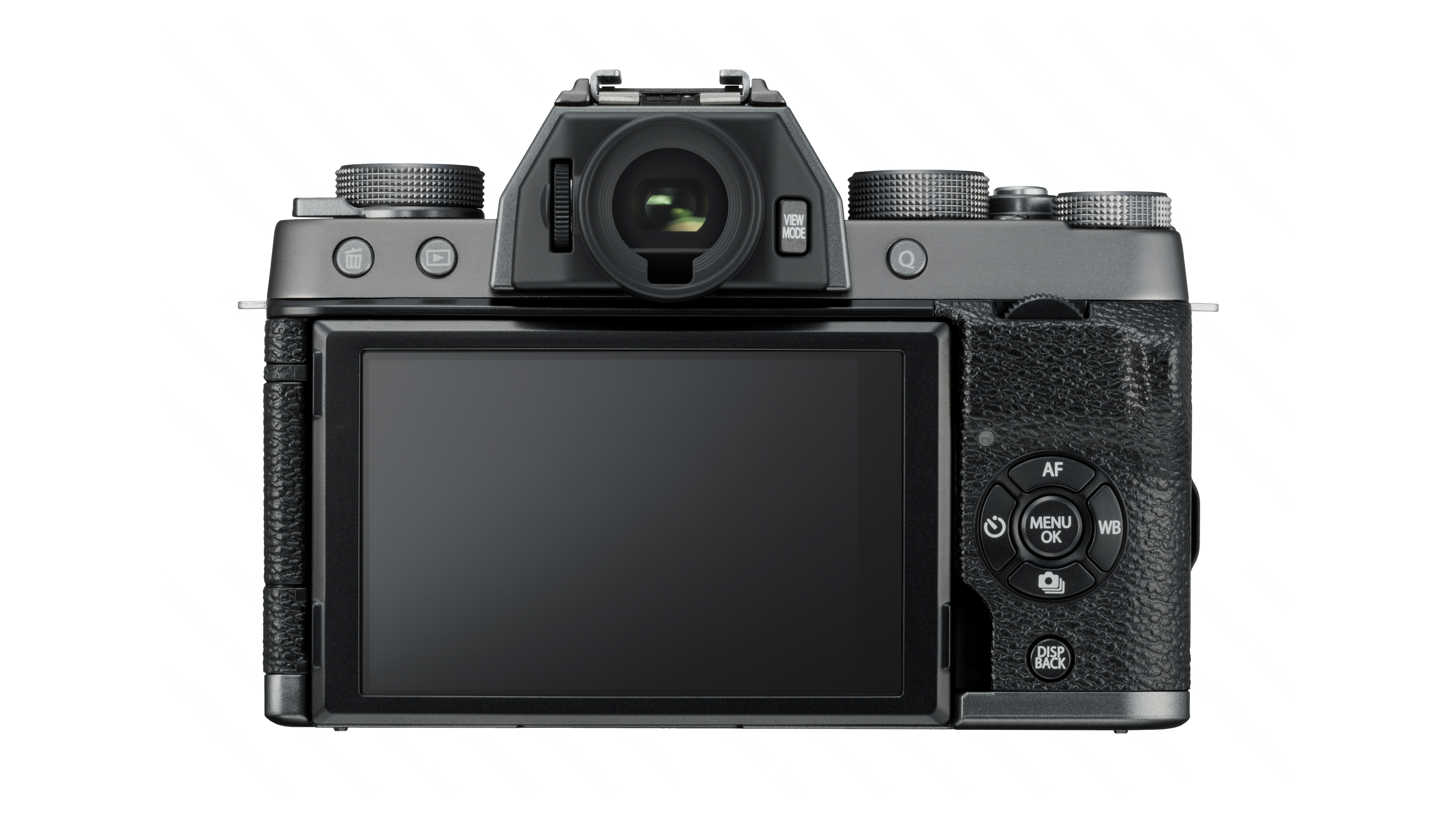
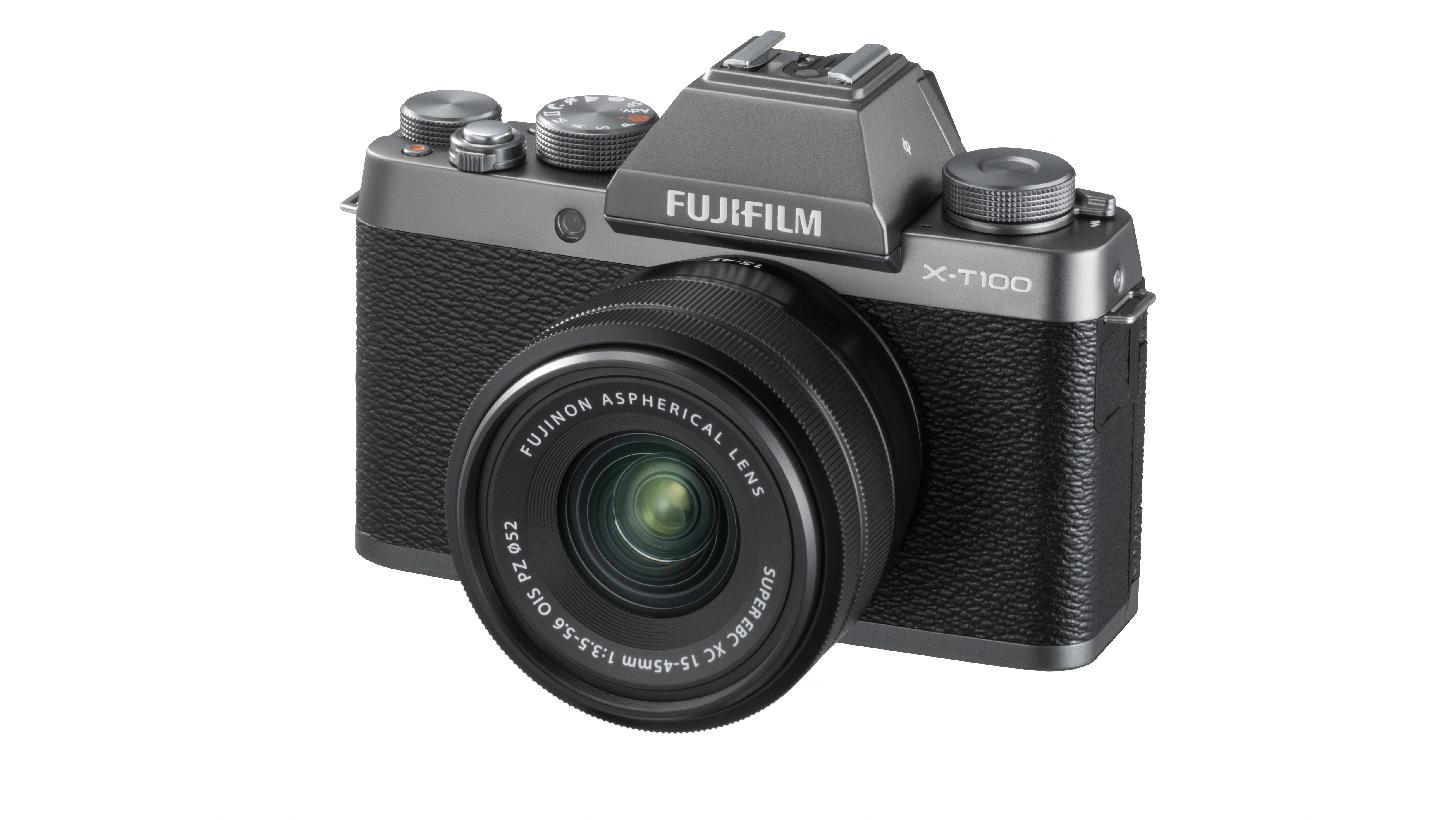
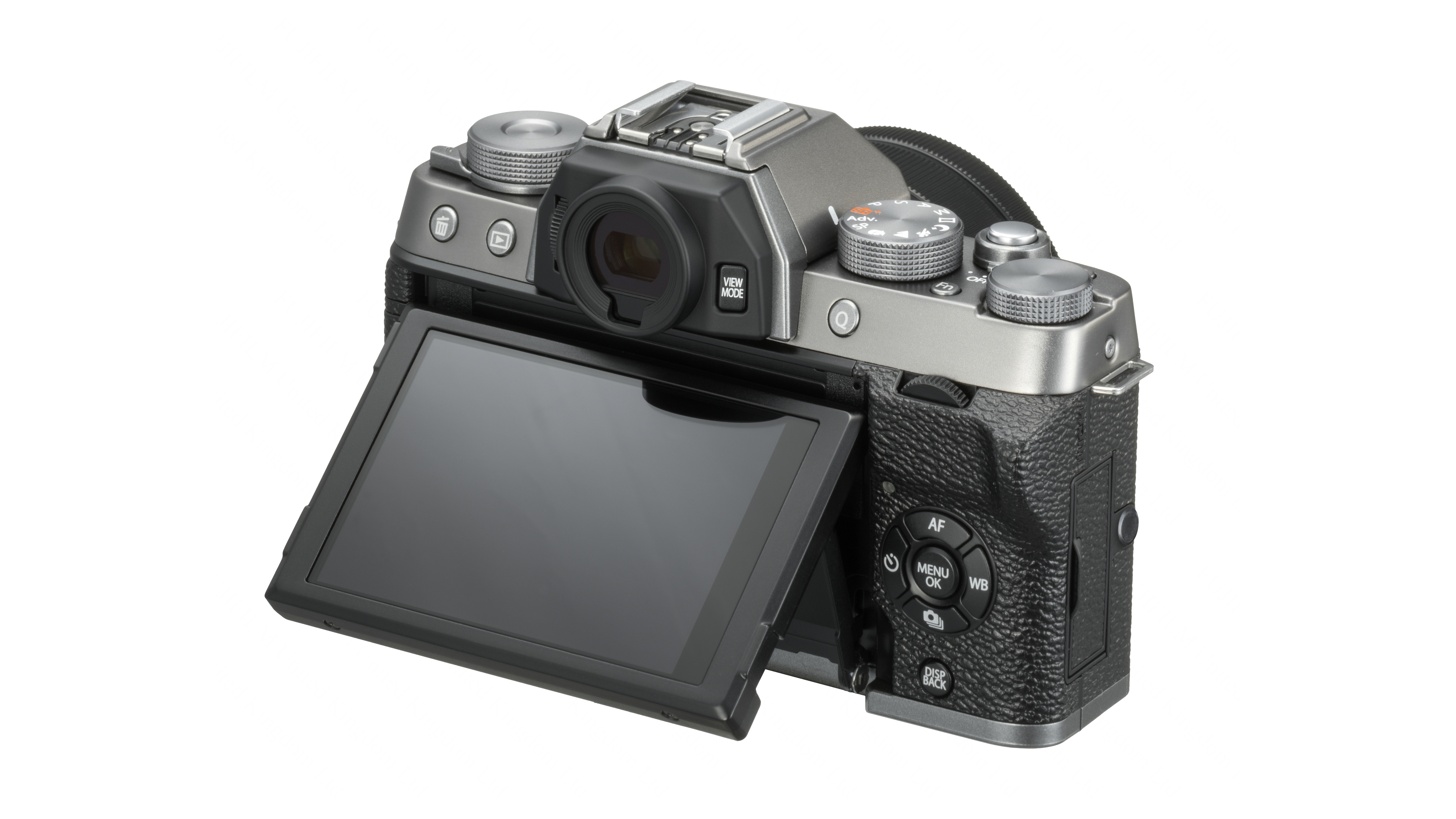
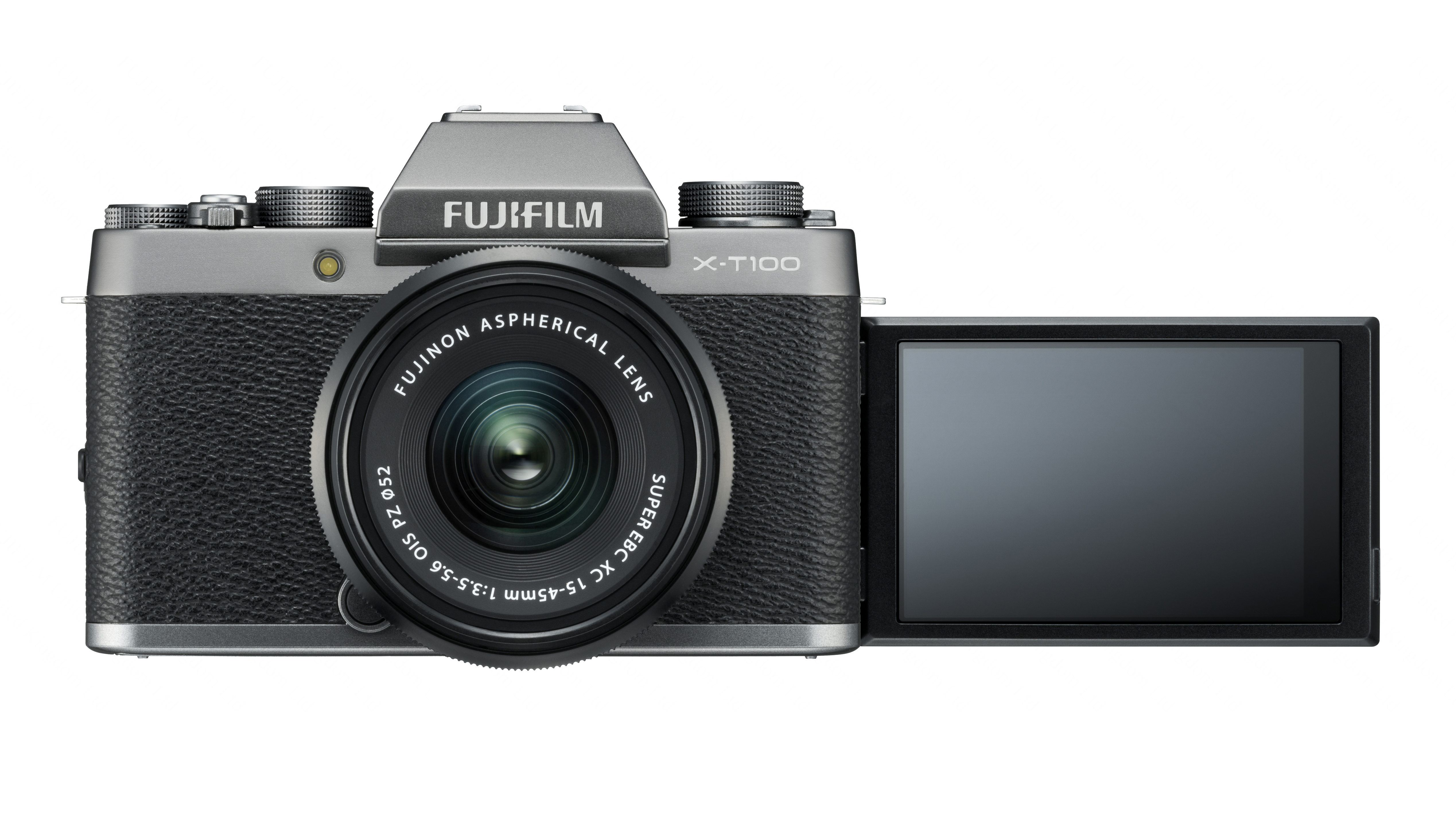
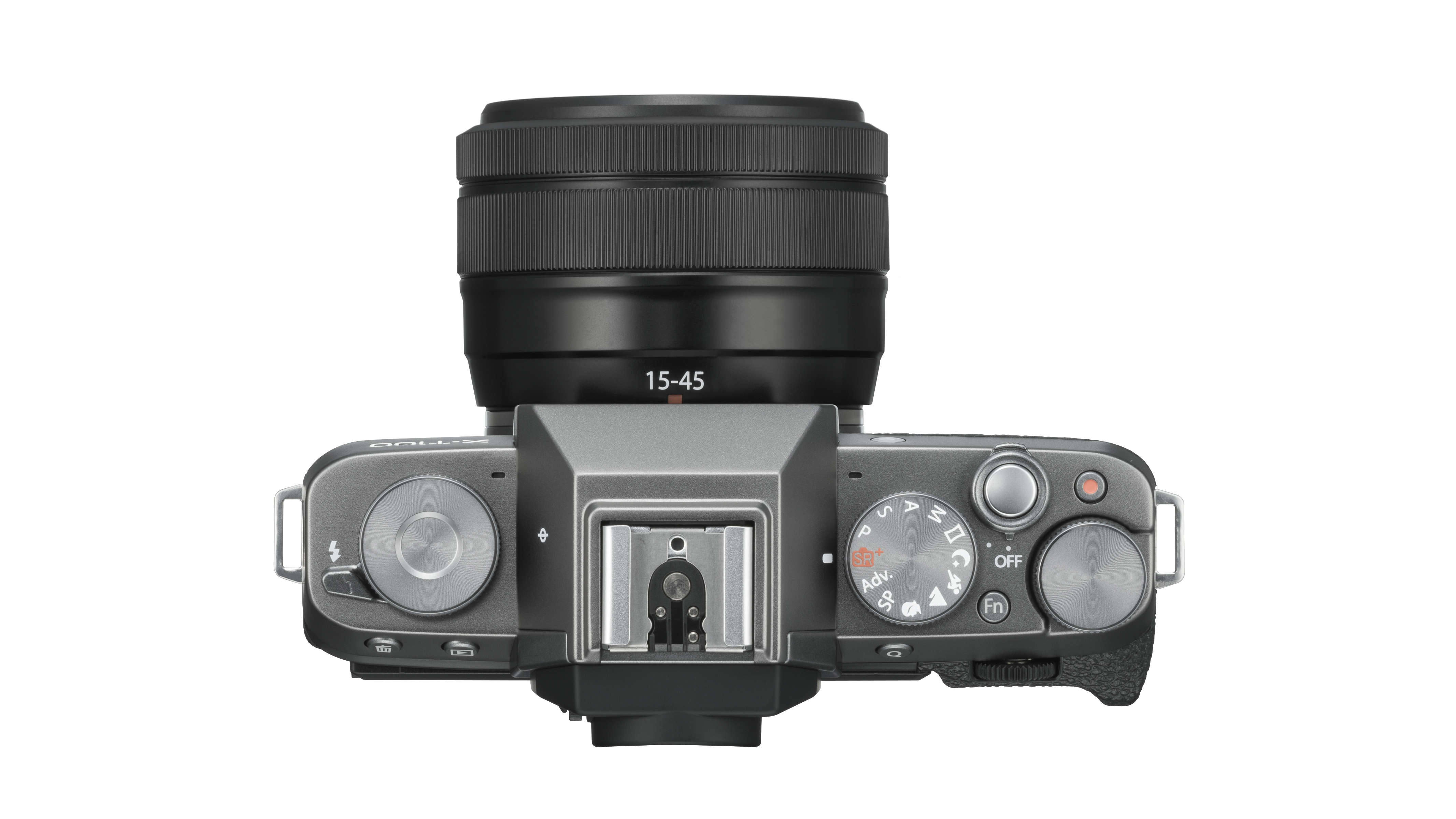
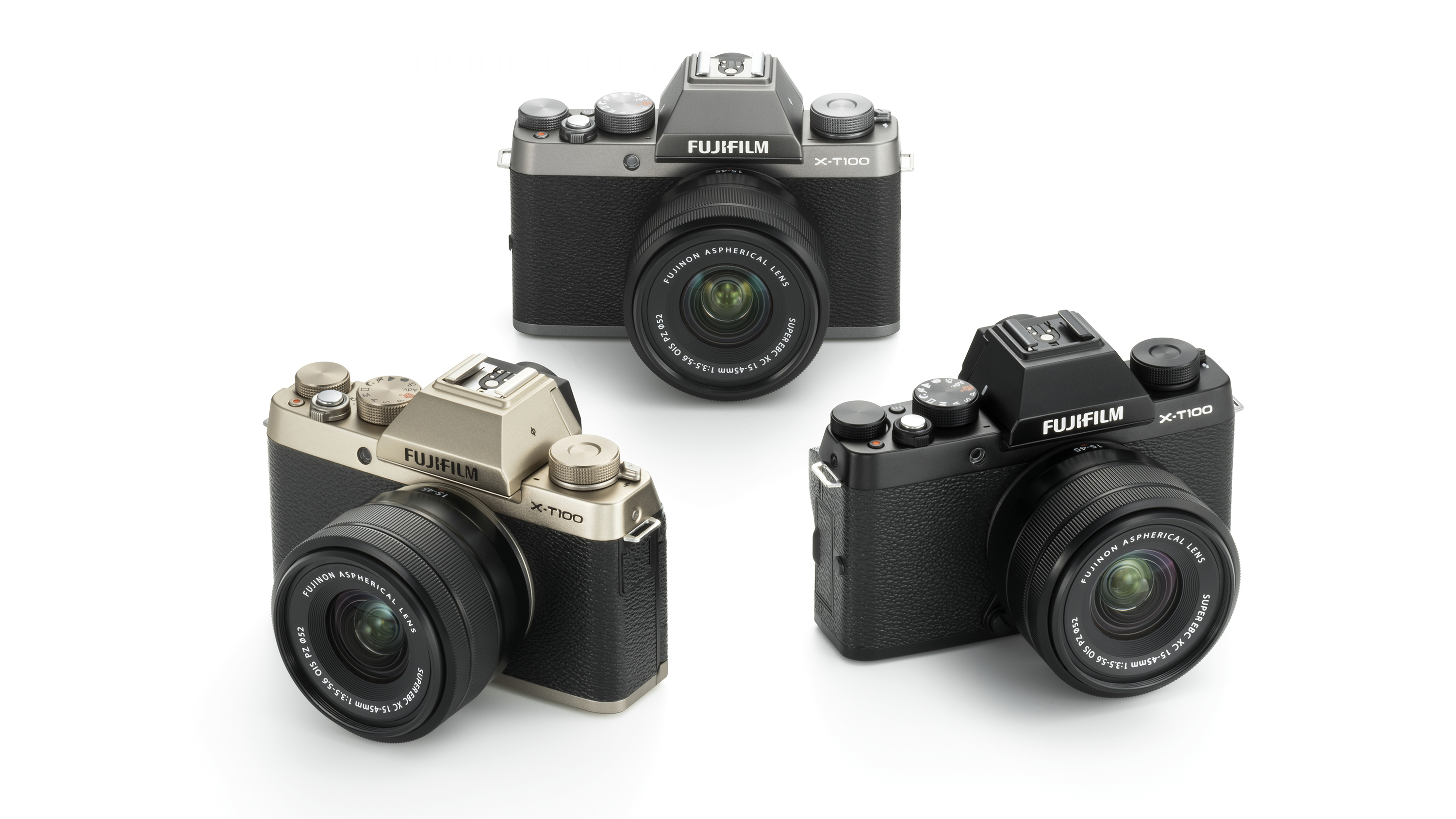
While many of the internal features are similar to the X-A5, the exterior design is much closer to that the X-T20. The X-T100 has an anodized aluminum top cover, and is available in dark silver, black and champagne gold. While the exterior controls are a little more streamlined compared to the higher-end X Series camera, the X-T100 features three control dials on the top cover.
The X-T100 will be available as a kit with the XC15-45mm standard zoom lens in late June, with pricing expected to be £619 in the UK, $699 in the US and AU$1,049 in Australia.
Get daily insight, inspiration and deals in your inbox
Sign up for breaking news, reviews, opinion, top tech deals, and more.
Phil Hall is an experienced writer and editor having worked on some of the largest photography magazines in the UK, and now edit the photography channel of TechRadar, the UK's biggest tech website and one of the largest in the world. He has also worked on numerous commercial projects, including working with manufacturers like Nikon and Fujifilm on bespoke printed and online camera guides, as well as writing technique blogs and copy for the John Lewis Technology guide.
